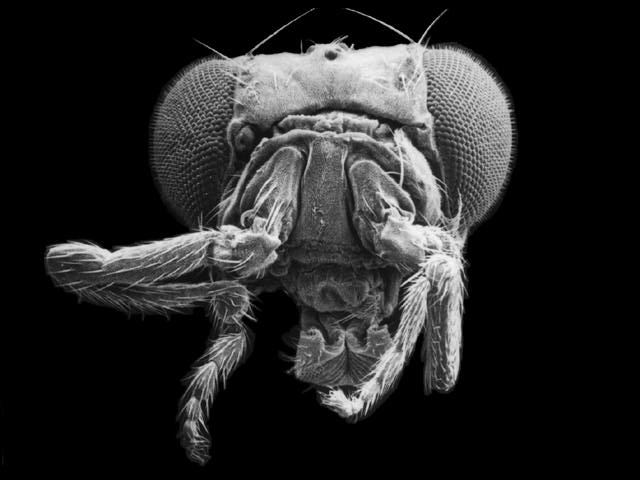One of my favourite popular science books is ‘Mutants: On Genetic Variety and the Human Body’. In the book Armand Leroi describes various humans which, although at the time may have ended up in one of those infamous ‘freak shows’, have a selection of different deformities of varying severity. The book is illuminating in that it follows the idea that if we can see what made something go wrong during development, then it tells us something about what happens when things go to plan. Knowing what we do now about development, it is possible to look back at these historic cases and explain them biologically. For instance, if someone is born with a deformed limb, and we find that they have a mutation in a specific gene, we can say that the gene is somehow involved in limb development.
Mutations
are natural. As Leroi sates, “we are all mutants, but some of us are more mutant than
others”. However, they can also be induced. Studies of embryogenesis and
development are inextricably linked with Drosophila
fruit flies. Many facets of development were figured out by inducing mutations in Drosophila with X-rays, resulting in a bewildering number of mutants being described with
diverse and imaginative names. Individual pathways and genes have since been
correlated with particular phenotypes.
 |
| Antennapedia mutant of Drosophila: flies possess legs in place of antennae |
Not all errors in development are directly linked to mutations. 1957-1961 saw
the tragic incident of thalidomide, a drug taken by pregnant women to ease the
discomfort of morning sickness. It soon became apparent that thalidomide was
teratogenic with the resulting offspring sometimes possessing, among other
deformities, severely stunted limbs. Clearly the presence of thalidomide
interferes with foetal development. Although it is still not fully understood,
various ideas exist about the way in which it causes the effects, including
angiogenesis in the developing limb, thus stunting outgrowth (1).
 |
| A ewe investigates her Schmallenberg-affected lamb |
When all of the images of lambs with arthrogryposis started to
emerge a few months ago as a result of Schmallenberg virus infection during
gestation, it reminded me of the approach ‘Mutants’ was following. As a Bunyavirus, Schmallenberg virus only has
6 proteins. By looking into the pathways which these proteins disrupt it
could be possible to learn something about proper limb development. Whilst looking
into this a bit more, a paper has been published detailing the infection of
foetuses with Cache Valley virus (2), another Bunyavirus which also causes congenital
abnormalities in sheep.
The paper looks at the localisation of virus infection and the
time-frame of infection and subsequent development of the malformations. The
data support previous work revealing that infection of the central and
peripheral nervous systems is responsible for reduced foetal movement and the eventual
development of the arthrogryposis. This confirms the idea of using
viruses to investigate development: observation of the tropism of the virus and
correlating this to the deformities of the resulting offspring allows, at a
somewhat macroscopic level, identification of the role of particular tissues in development. As more
and more methods are developed it may be possible to elucidate the molecular
pathways which are disrupted by infection with these viruses, thus linking
development to a specific pathway. Clearly the results are likely to be more
‘pointers’ of what’s happening as opposed to precisely defined interactions,
but learning from mistakes is always a good thing!
(1) Proc Natl Acad Sci USA. 2009. 106(21):8573-8.
(2) J. Virol. 2012. 86(9):4793-800
No comments:
Post a Comment